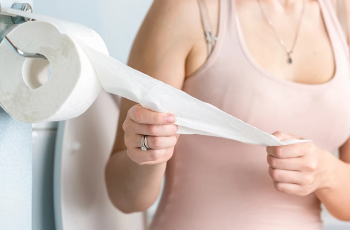Sitting in a sitz bath is a simple process that involves bathing up to your hips with specially prepared water. This type of bath can be used to help promote healing following surgery on the lower body. It is also helpful in relieving pain and discomfort caused by infections or medical conditions. A sitz bath may be performed in a large basin, or with an assistive device attached to the toilet, if the patient cannot sit comfortably in the bathtub. In some cases, vinegar, baking soda and salt can be added to water for a patient’s sitz bath. Plain water is also used. A sitz bath’s temperature can be warm or cold, and some patients may choose to alternate between the two.
Below, we discuss the uses, methods and precautions of sitz baths.
When A Sitz Bath Is Used

Sitz baths are particularly effective in soothing discomfort from conditions that affect the genital area. For example, the baths are often used for individuals coping with hemorrhoids, yeast infections, anal fissures, and genital herpes. Patients may use sitz baths to ease chronic constipation and prostatitis, and pediatricians typically recommend these baths for children with perineal chafing or rashes. Sitz baths might help reduce irritation associated with bladder infections, and doctors may suggest these for patients who have had an episiotomy or rectal surgery. Sitz baths gently clean the affected region, and they can be especially useful in cleaning areas that are too painful to touch. The baths promote healing by increasing blood flow to the region as well.
Learn about how to take a sitz bath next.




